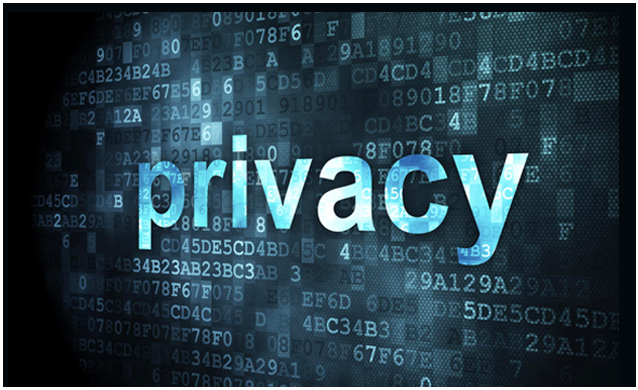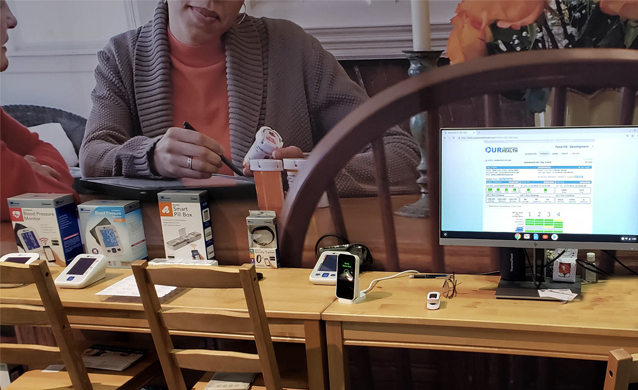Voice interaction also has the potential to unlock a veritable gold mine of health data. Several startups, in fact, are developing algorithms to detect early onset of conditions like Alzheimer’s and Parkinson’s.
Once in place, voice-enabled devices can also be used for sonar detection, to keep tabs on patients’ location and activity. They can even be used to monitor psychological markers for loneliness and depression, two key determinants for overall health as well as prognosis for recovery. Of course, for voice analysis to become an integral component of remote monitoring, providers will need to tackle privacy issues as well as overcome the technical and logistical challenges.
The Sixth Sens-or
There are other technologies emerging to monitor location and activity. Connected cameras are a great way to keep tabs on those who are rehabbing after a hospital stay, managing chronic conditions or aging in place. But although they’re powerful tools for clinicians, family members and other caregivers, many patients refuse to be monitored by surveillance video out of privacy concerns.
There are other passive monitoring technologies that offer substantially more privacy than cameras. In addition to sonar, companies are employing a wide swath of technologies for monitoring, including traditional Wi-Fi, millimeter wave, infrared – even radar. Of course, traditional motion, temperature and humidity sensors can also be used to supplement caregivers’ picture of the situation.
Wearables and other on-body devices have tremendous potential for assessing patients’ progress, though at this stage it is too early to tell whether suppliers will be able to successfully navigate the terrain from consumer to medical product. Some physicians dismiss wearables because they’re generally not as accurate as clinical devices, while others have been more open-minded and have, as a result, discovered creative ways to tap wearables data to assess patients’ condition.
Suppliers are getting more creative as well. Optical sensors found on many wearables to measure heartrate are not accurate enough for FDA clearance. But as some wearables makers have proven, the sensors are accurate enough to get clearance for algorithms that detect abnormalities like heart arrythmia. On detection, these wearables typically recommend users take an ECG with an FDA-approved device, which is subsequently transmitted to a clinician. In coming years, FeibusTech expects wearables to get cleared for more first-line-of-defense warnings, such as for high blood pressure or glucose levels.
Finally, insurance providers – which aren’t constrained by the same rigid definitions of accuracy as clinicians – are beginning to bundle wearables-based wellness programs into group coverages. Such payer programs could help garner acceptance of wearables from clinicians.
Home Health Gateways: Now and Into the Future
At the center of all this activity – today, and tomorrow – are home health hubs. Gateways offer an unrivaled combination of performance, flexibility and lock-down security. Care providers can easily tailor hubs with their own applications, building as much or as little of the interface into the device itself. And they can do so knowing that the platform is not only secure, but built around open standards – so their investment doesn’t lock them in.


